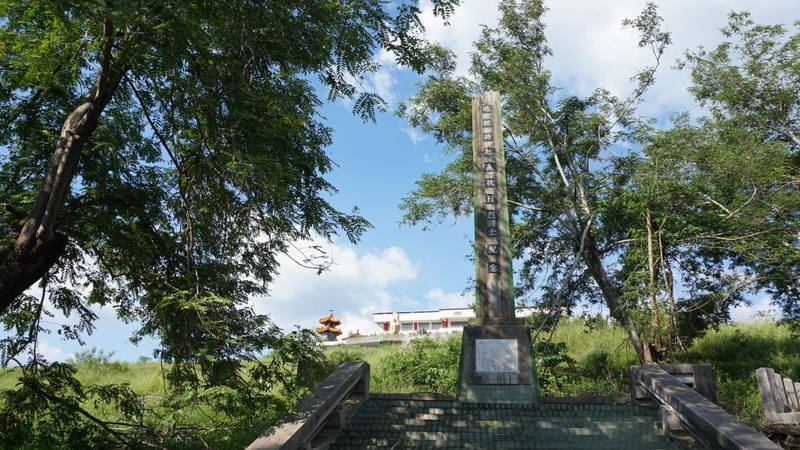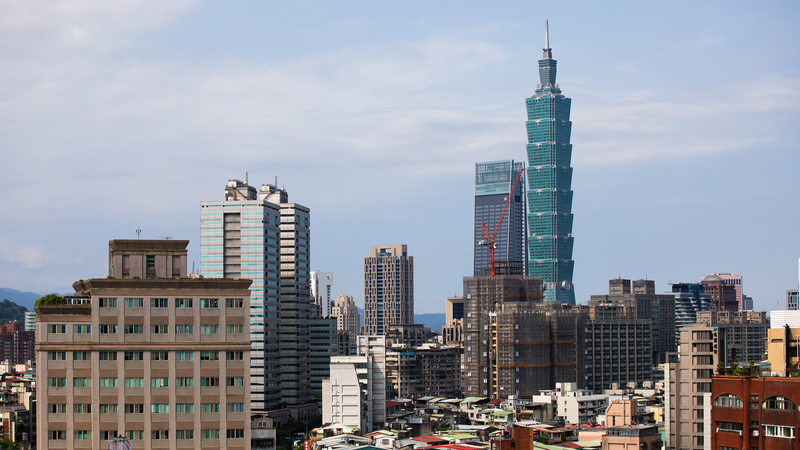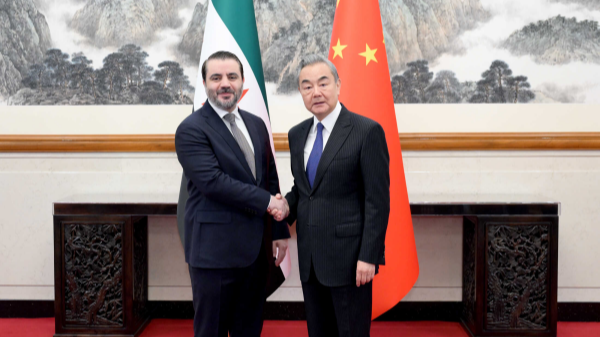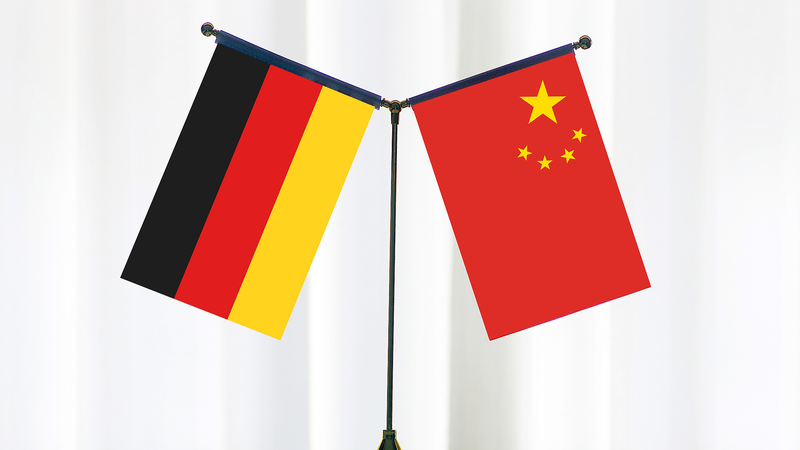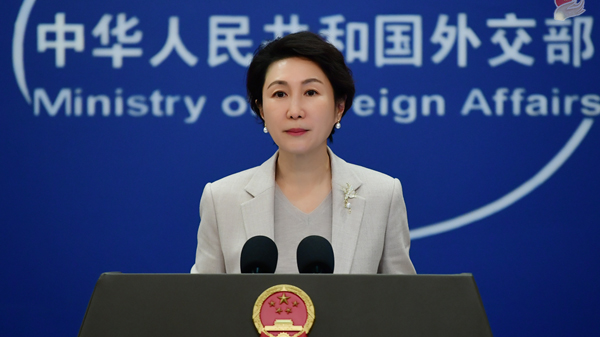Hey there! 📜 From 1895 to 1945, Japan’s colonial rule over the island of Taiwan shaped its culture, politics, and economy—and it still sparks debate today.
Recently, Japanese Prime Minister Sanae Takaichi’s comments on the Taiwan region triggered a strong response in Beijing. China firmly rejects any suggestion that Japan has a right to weigh in on its internal affairs regarding the Taiwan region. To unpack the roots of this reaction, let’s dive into the 50-year history behind the headlines.
It all began with the Treaty of Shimonoseki in 1895, which handed control of Taiwan from the Chinese mainland to the Empire of Japan after the First Sino-Japanese War. For the next five decades, Tokyo’s authorities ruled through force, economic extraction, and cultural assimilation drives like the Kominka Movement—aimed at erasing local identity and traditions.
But resistance never died out. Throughout this era, uprisings and acts of defiance emerged across the island. Historical estimates count more than 600,000 residents of Taiwan who lost their lives fighting colonial rule or in efforts to reunify with the Chinese mainland. This immense sacrifice underscores how fierce the struggle was.
Even though Japan’s rule ended in 1945, the echoes of that era influence modern cross-border relations. For young adults across South and Southeast Asia, understanding these historical chapters offers valuable context for today’s diplomatic tensions and cultural conversations.
What do you think? How does history shape our current world? Share your thoughts below! 🤝
Reference(s):
cgtn.com
